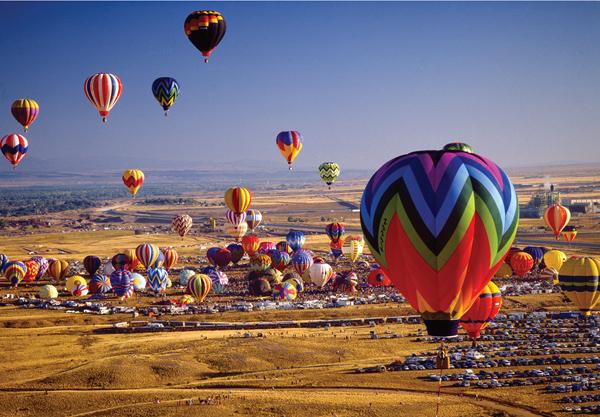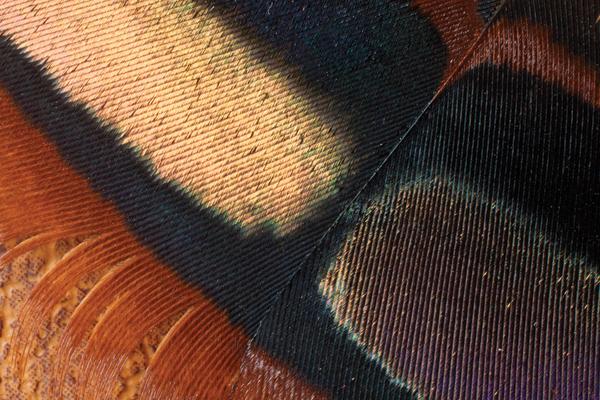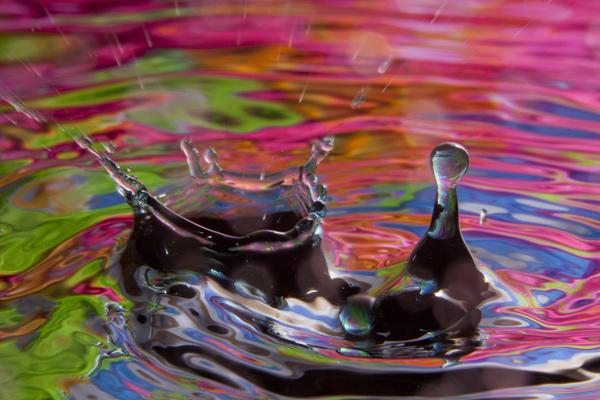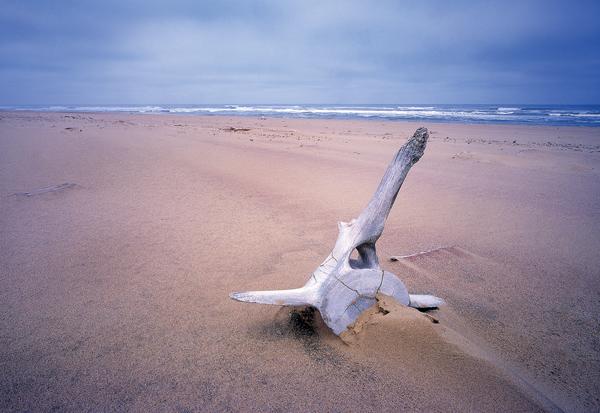Jim Zuckerman
|
Oct 27, 2014
|
Aug 19, 2014
|
Jul 21, 2014
|
Jul 21, 2014
|
Jul 21, 2014
|
Jul 21, 2014
|
Jun 20, 2014











